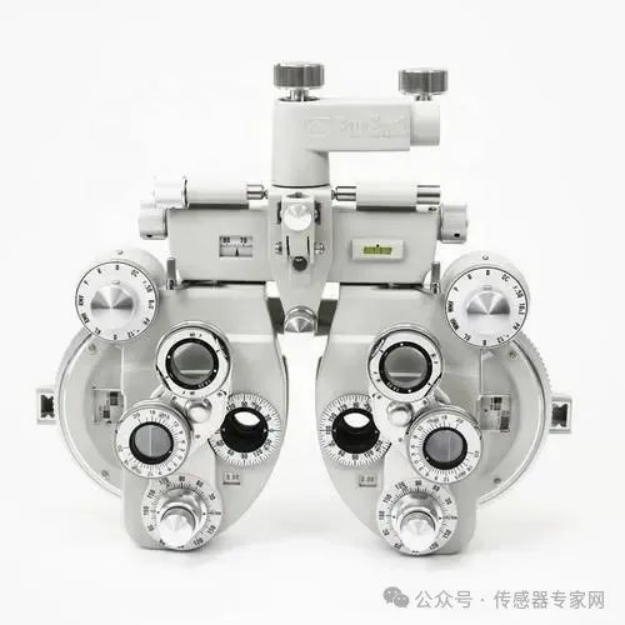Sensors, as the cornerstone of the Internet of Things, are one of the key technologies for achieving the interconnection of all things. In recent years, with the rapid development of the Internet of Things, industrial Internet, intelligent manufacturing and other fields, the demand for sensors has surged. Smart sensors integrate microprocessors and sensor components, enabling data acquisition, processing, and transmission functions. They are widely used in industrial automation, smart homes, medical health, environmental monitoring, and other fields. However, with the continuous advancement of technology and the increasing complexity of application scenarios, sensor technology also faces various challenges.

Challenge 1: Improvement in Accuracy and Stability
The application of sensors in industrial automation, environmental monitoring and other fields requires extremely high precision and stability. For example, in the power industry, sensors need to accurately sense temperature and pressure changes in cables to ensure the safe operation of the power grid. However, there are still gaps in accuracy, timeliness, intelligence, and other aspects of existing sensors, which cannot meet all the needs of device management. Therefore, improving the accuracy and stability of sensors has become an urgent problem to be solved.
Challenge 2: Implementation of low power consumption and miniaturization
With the popularity of wearable and portable devices, sensors need to achieve lower power consumption and smaller size. Low power consumption helps to extend the battery life of devices, while miniaturization facilitates the portability and installation of devices. However, this does not mean compromising on performance and functionality. How to achieve low power consumption and miniaturization while maintaining high precision and stability is another challenge facing sensor technology.
Challenge 3: Strengthening Wireless Communication and Network Connections
In the era of the Internet of Things, sensors need to achieve wireless communication and network connection with external devices to achieve remote data transmission and control. However, the stability and security of wireless communication, as well as the reliability and real-time performance of network connections, are all issues that sensor technology needs to address. Especially in complex environments, ensuring accurate transmission and timely response of sensor data has become an important direction for the development of sensor technology.
Challenge 4: Implementation of Multi functional Integration
With the continuous expansion of application scenarios, sensors need to achieve more functional integration. For example, in the autonomous vehicle, the sensor needs to simultaneously realize multiple functions such as obstacle detection, route planning, vehicle positioning, etc. However, multifunctional integration does not mean simple stacking, but rather requires achieving collaboration and complementarity between various functions while maintaining high performance. Therefore, how to achieve multifunctional integration of sensors with limited volume and power consumption has become a major challenge in current sensor technology.
Outlook and Breakthrough
Faced with these challenges, sensor technology is constantly exploring and breaking through. On the one hand, the application of new materials such as nanomaterials and biomaterials provides sensors with higher sensitivity and durability. On the other hand, the development of advanced technologies such as micro nano processing and photolithography has further promoted the miniaturization and precision of sensors. In addition, the introduction of edge computing, artificial intelligence and other technologies has also improved the data processing capability and intelligence level of sensors.
In the future, sensor technology will pay more attention to the development of low power consumption, miniaturization, multifunctional integration, and wireless communication. At the same time, with the deepening of the Internet of Things, industrial Internet, intelligent manufacturing and other fields, sensor technology will also usher in more application opportunities and market space. For example, sensors will play an important role in the construction of smart grids and digital oil fields; In fields such as smart homes and intelligent transportation, sensors will also be widely used.
In summary, sensor technology will face multiple challenges in 2024, but it is precisely these challenges that drive continuous innovation and breakthroughs in sensor technology. In the future, with the continuous advancement of technology and the expansion of application scenarios, sensor technology will bring more convenience and comfort to our lives, while also injecting more impetus into the development of society.
Source: Sensor Expert Network. Reproduction of this article is to convey more information. If there is any infringement, please contact us for deletion



